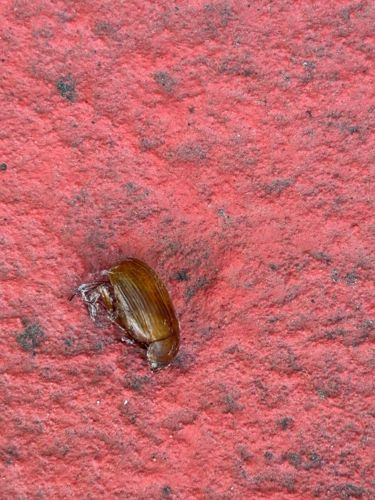Hydrophilidae (Water Scavenger Beetle)
Scientific Name: Hydrophilidae (various genera and species)
Order & Family: Order: Coleoptera, Family: Hydrophilidae
Size: Typically from 1 mm to over 40 mm, with many common species ranging from 5 to 20 mm.

Natural Habitat
Water scavenger beetles are predominantly aquatic, found in a variety of freshwater habitats such as ponds, stagnant pools, ditches, slow-moving streams, and marshy areas. They prefer water bodies with decaying vegetation.
Diet & Feeding
Adult water scavenger beetles are primarily scavengers, feeding on decaying plant material, algae, and sometimes detritus in aquatic environments. Some adult species may also prey on small invertebrates. The larvae are usually predatory, feeding on aquatic insects, tadpoles, or small fish.
Behavior Patterns
Adult female water scavenger beetles often carry their egg cases with them, sometimes attached to their hind legs, until the larvae are ready to hatch. Larvae are typically aquatic predators, consuming smaller invertebrates. Adults are strong flyers and are often attracted to lights at night.
Risks & Benefits
Generally beneficial in aquatic ecosystems as they help in decomposition of organic matter and can control populations of other aquatic invertebrates. They are not known to be harmful to humans directly. Some larger species of larvae might nip if handled, but it's not a significant risk.
Identified on: 8/8/2025